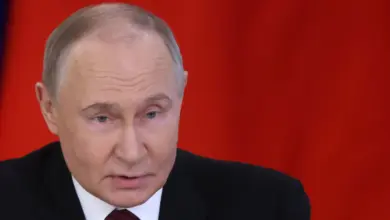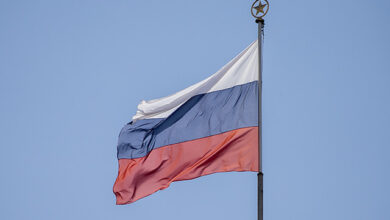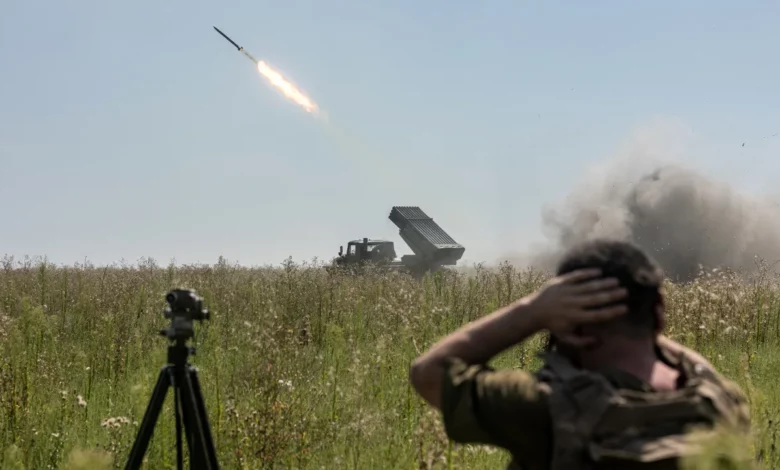
Artillery has dominated the war in Ukraine. But nearly 18 months in, a significant gap still remains between the shells Ukraine wants and how fast European and American factories can supply them. And concerns are rising that Europe’s patchwork of arms manufacturers is ill-suited to meet these needs.
Away from the front, Ukraine’s war has become a numbers game: who can acquire, make and resupply more tanks, bullets, and, most of all, artillery shells.
Amid their counteroffensive, Ukrainian guns are firing up to 6,000 rounds daily, Ukrainian MP Oleksandra Ustinova told CNN, but the military wants to shoot more than 10,000. Even that is a fraction of the 60,000 shells that Russia was using at the peak of its barrages this year, per an Estonian and Ukrainian government analysis.
All in all, Kyiv needs some 1.5 million artillery shells annually, according to the CEO of one of Europe’s largest arms manufacturers, Rheinmetall.
By July, the US had supplied more than two million artillery rounds to Ukraine since the 2022 invasion, the Pentagon said. The European Union has supplied at least a quarter of million this year, in addition to bilateral donations directly between individual member states and Ukraine. The United Kingdom, too, has also donated ammunition.
But in February 2023, Europe-wide production of artillery ammunition had a maximum capacity of 300,000 shells annually, Estonian defense officials estimated. The best-case scenario of an increase to making 2.1 million shells annually is still years away from being realized.
With European stocks depleted and existing production lines overwhelmed, ammunition buyers are keen to get their hands on whatever’s available. In an interview with CNN, the CEO of shell casing manufacturer Europlasma described the buyers’ message as: “We’ll take all you can make.”
Call to arms
“I need ammunition, not a ride,” Ukraine’s President Volodymyr Zelensky told his American counterpart as Russian tanks rolled across the border last year.
Determined to help Ukraine in its struggle for survival, the European Commission in Brussels in March announced plans to provide Ukraine with 1 million artillery shells by March 2024 in a three-stage plan.
Initially, under the plan, European states would send what they could from their own national reserves. As of July 2023, some 224,000 shells had been delivered to Ukraine, per the EU.
The second stage called for European states to collectively purchase shells from local providers, avoiding competition between allies and hopefully boosting efficiency – eight major contracts at a cost of 1 billion euros ($ 1.06 billion) are being signed with suppliers currently.
Thirdly, the EU promised 500 million euros to boost longer-term production of 155mm shells – the NATO standard for artillery, investing in bigger factories and more secure supply lines to guarantee future production capacity.
Backed up orders
Amid the rush to ramp up production, manufacturers are facing backlogs that could take years to work out, with production lag times that threaten their home country’s military readiness.
A French parliamentary report from February 2023 stated that standard 155mm shells would take up to 20 months to be delivered, rising to between 24 to 36 months for more advanced guided models.
“Three years ago, everyone thought we can do everything with airplanes. It’s not possible. Yes, we need strong land forces,” Rheinmetall CEO Armin Papperger told CNN.
German arms company Rheinmetall has a 40 billion euro ($43 billion) backlog of orders across its catalog of ammunition, weapon systems and vehicles, Papperger said, with ammunition accounting for 10 billion euros of that.
It’s a similar situation across the Atlantic, with the US military ordering some ammunition “20-30 months” ahead of delivery, according to William LaPlante, Under Secretary of Defense for Acquisition and Sustainment.
The numbers behind the increase in European production are impressive.
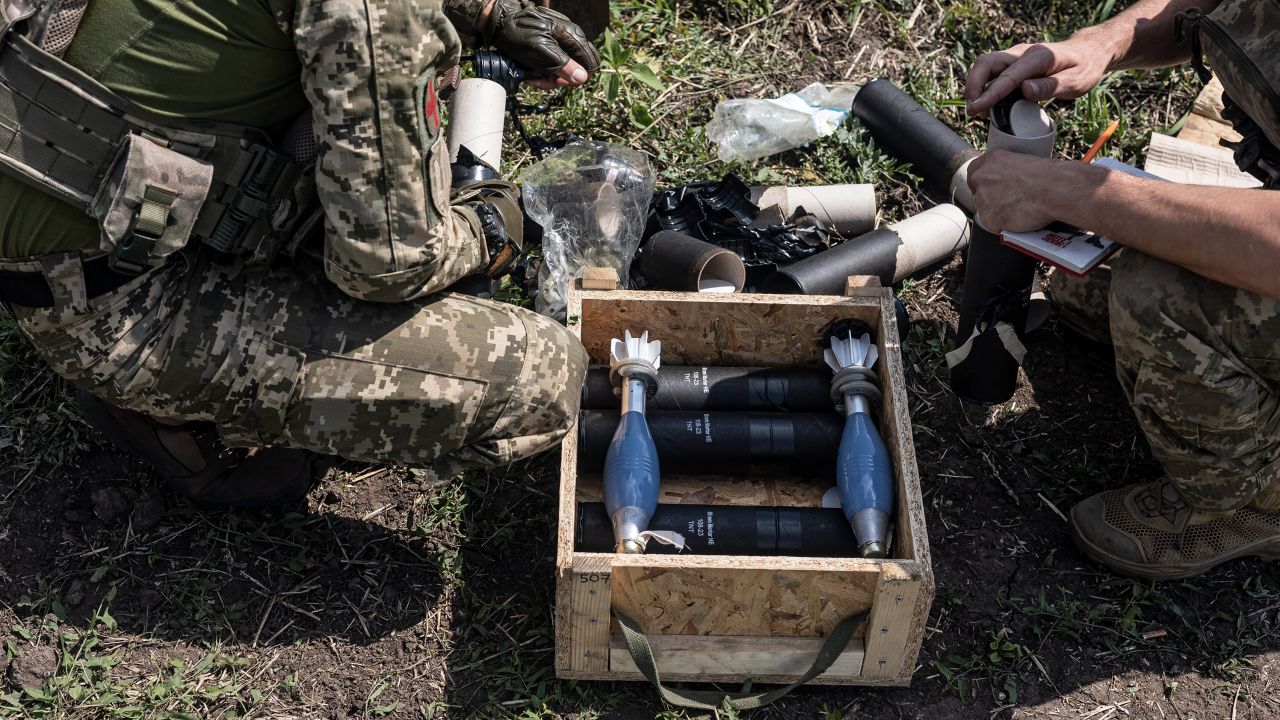
Rheinmetall says its production should hit 400,000 shells this year, with 600,000 its goal for 2024. That’s up from producing less than 100,000 shells annually pre-2022.
Scandinavian munitions producer Nammo hopes to see production reach 80,000 shells annually next year, up from “a few thousand” in 2021.
However, these increases speak as much to the paltry demand prior to Russia’s 2022 invasion of Ukraine, as the EU’s push for increased production.
US suppliers have faced a similar uphill battle to boost production, with total US production expected to reach 100,000 shells monthly in 2025, up from 14,500 per month in early 2023, according to the head of Pentagon acquisitions, William LaPlante. US monthly production is currently at 28,000 shells per months, LaPlante added.
Even Tuuli Duneton, the senior the Estonian defense official who helped engineer the EU’s plan, admitted that the goal of producing 1 million shells for Kyiv in 12 months was “ambition combined with pragmatism,” given the difficulty of convincing member states to back a more demanding goal.
“This is just the beginning. This is something that ideally would grow, as the years go on, this number,” she said of the scheme, which is currently set to end in 2025.
However, the EU’s promise of 500 million euros ($532 million) to supplement private investment may be insufficient.
Nammo’s CEO Morten Brandtzæg estimates some $7 billion will be required to meet Kyiv’s needs currently and to restock Ukrainian and European arsenals, a project that could take a decade.
“It’s a very close dialogue with the governments, where can they co-invest? Where can we build more capacity? Where can we share the risk for building war-time capacity? The industry can’t pay for all that themselves,” Brandtzæg said.
For suppliers like Europlasma, whose CEO isn’t counting on any European investment as they don’t produce finished shells, investing in their own operation wasn’t a choice.
With such high demand for shells currently, “if you’re not able to deliver at least 50 or 100,000 [shells] every year, you’re not on their radar,” Europlasma CEO Jérôme Garnache-Creuillot told CNN. “It’s a waste of time.”
No golden bullet
The EU’s plan isn’t a catch-all solution.
“If the goal is to supply Ukraine with munitions right away, it’s probably not terribly efficient,” Jonathan Caverley, a professor at the US Naval War College, told CNN.
“And if the goal is to actually develop a sophisticated and effective, rationalized, European-wide defense industry, this isn’t going to work either,” he added.
For now, the West hasn’t mastered getting cheap, standardized artillery at scale into Ukrainian hands and NATO stockpiles.
Russia though – with its more state-backed manufacturing – appears to have achieved just that.
Despite international sanctions and the mounting cost of the war, Russia is still producing artillery ammunition at a rate seven times cheaper and eight times faster than the West, according to the Estonian defense ministry.
Duneton, the Estonian defense official, conceded that given Russia’s commitment of human and financial resources to ammunition production, “they will continue to produce ammunition much faster than [Europe is] capable of.”
In Europe, there are at least 13 defense companies across 12 states within the EU, UK and Norway able to produce 155mm ammunition, according to defense think tank IISS.
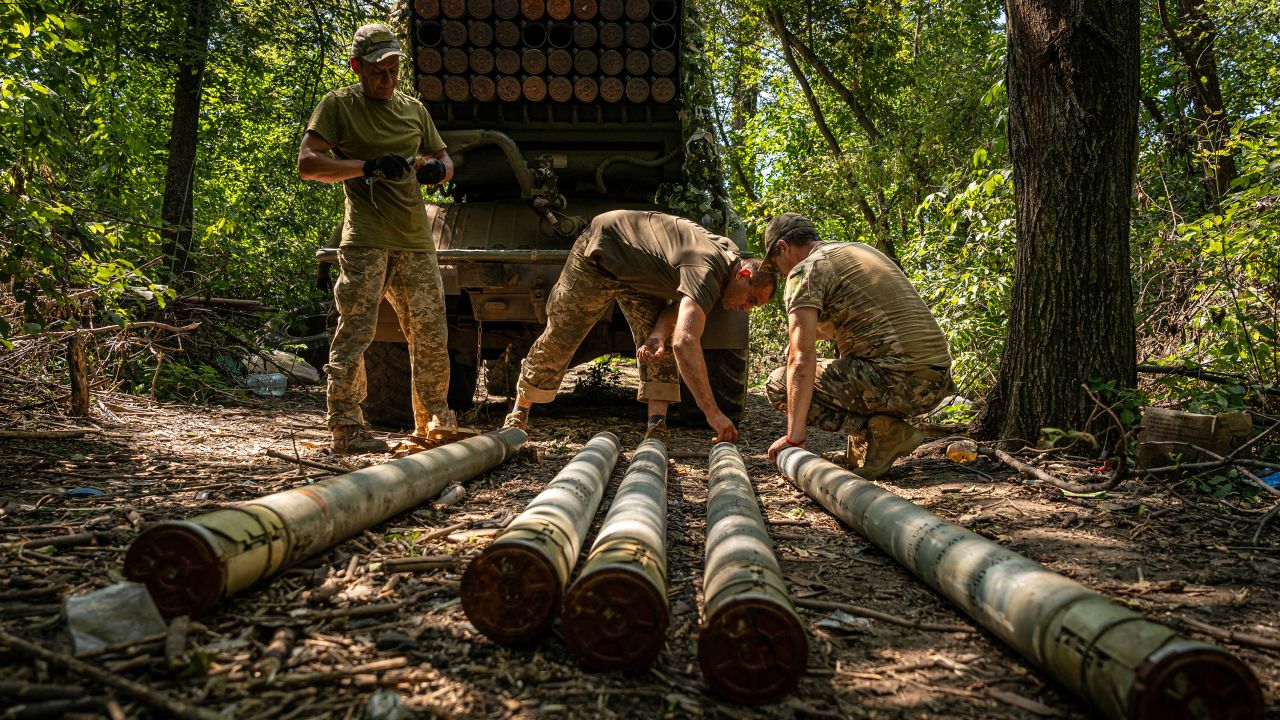
Despite NATO countries principally using 155mm-caliber guns and ammunition, there still could be much more standardization of production of the shells, Caverley said, particularly in Europe where historically suppliers have catered almost exclusively to their home nation’s specific demands.
A more standardized production of 155mm shells, producing bulk deliveries of cheap artillery rounds, is less appealing to manufacturers, Caverley argued, as the current model of bespoke orders of more specialized shells typically offers higher profit margins.
Neither is scaling up simple. Manufacturers face issues over supplies of raw materials and electronic components, delivery of machinery that could take up to a year, and finding trained labor.
At Europlasma, recruitment for its forge has been such a concern that executives even asked a visiting team of Ukrainian buyers if they could send workers to France.
While European defense officials remain cautiously optimistic of the prospects for the EU’s plans for long-term production boosts, there’s a very rigid ceiling on how quickly much-needed shells can reach Ukraine’s troops.
That’s a harsh reality for the Ukrainians to endure, especially as criticisms swell over the slow counteroffensive.
For, despite all their allies’ support, in the words of the EU’s top diplomat, Josep Borrell, “weapons without ammunition are useless.”


